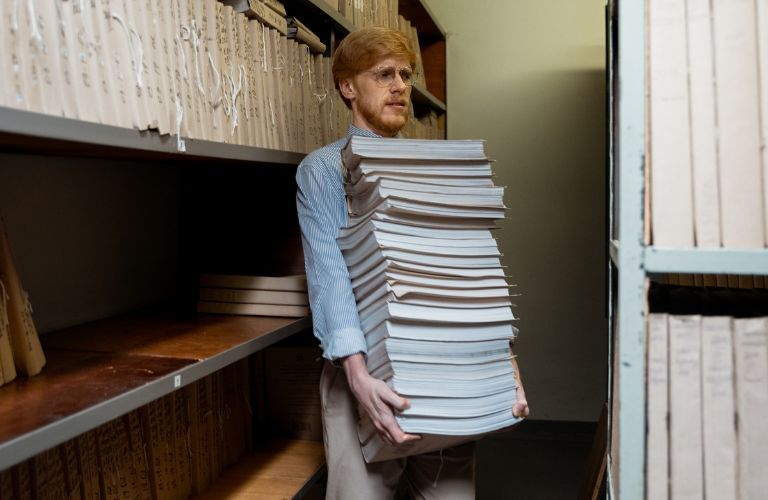Human services programs rely on documentation to provide service to the people in their communities and it is critical social workers and caseworkers have access to the key documents that they need. This is where a central document repository can be a valuable resource and asset for human services programs. A central document repository is an element of a document management system that provides a single common resource for shared documents.
Here is a better look at the benefits of a central document repository for human services provided by NCT Inc.
Top 5 Benefits of a Central Document Repository
A central document repository is a core component of a Document Management System (DMS) and is a single, secure, digital location where all of a human service program’s client and organizational files can be stored, managed, and accessed. Instead of having information fragmented, this system ensures there is one reliable source that authorized users can access according to defined permissions. This centralized approach provides a range of benefits that streamline workflows for caseworkers and contribute to better care for clients.

Here are five of the key benefits of using a central document repository in human services:
1. Document Organization
The first and most important benefit of a central document repository is that it allows for standardized digital filing structures, metadata tagging, and search capabilities. This means caseworkers can find specific documents they need quickly and easily — whether it’s an assessment from two years ago or a recent communications log — saving time and effort spent searching through physical documents and shared drives.
2. Improved Security
Maintaining documents in a central location improves security by allowing administrators to set role-based access permissions, ensuring only authorized personnel can view, edit, or share sensitive client information. Combined with comprehensive audit trails that track all user activity, this function is crucial for protecting client confidentiality and meeting compliance regulations like HIPAA.
3. Version Control
Working from outdated information can lead to significant errors in case management. A central document repository provides comprehensive version control, ensuring that every team member is always accessing and working from the most current version of a document — whether it’s a treatment plan, an assessment, or a legal form — which eliminates confusion and improves accuracy.
4. Improved Collaboration
A central system enables multiple authorized team members — including caseworkers, supervisors, and specialists from different human services departments — to securely access and collaborate on the same up-to-date case files, even from different locations with a cloud-based platform. This promotes better coordination of care, ensures continuity of service when a primary caseworker is unavailable, and provides a complete view of the client’s needs.
5. Enhanced Scalability
As human services programs grow and caseloads increase, physical filing systems become unsustainable due to space constraints and complexity. A digital central document repository can be scaled effortlessly to accommodate a growing volume of documents and data without the need for physical storage, making it a more cost-effective and efficient long-term solution.
READ MORE: How Does a Document Management System Improve Client Care?
In the end — the benefits of a central document repository for human services extend far beyond simple organization. Improving security, collaboration, and efficiency provides caseworkers and social workers with the ability to dedicate more of their time and resources to client care. It is an innovative solution and valuable asset for any modern human services agencies that hope to optimize operations.
Contact NCT Inc. for a demo of NCT CaseWorks and improve client care today!






